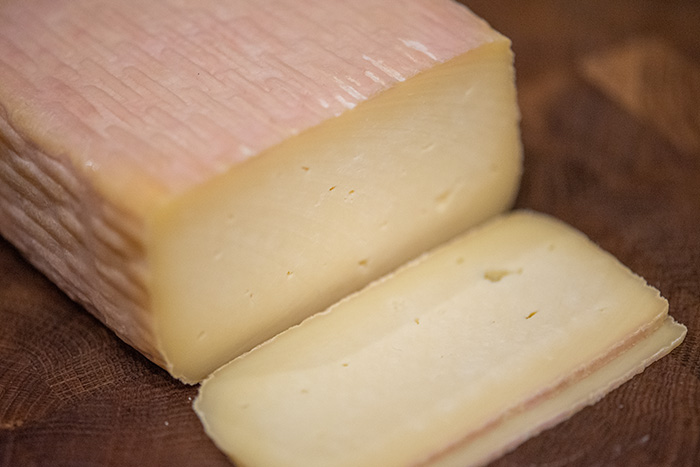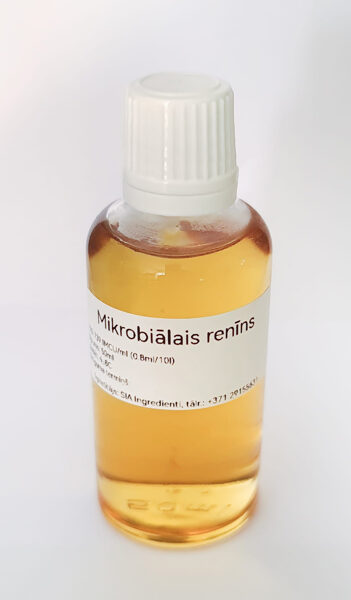
Required:
- 12l milk (the initial amount of cheese mass will be 1.7x larger than other cheeses, so you should choose a larger form or use several small-sized forms (200-300gr) or less milk and bacteria)
- Micromilk ME: 1.2gr or 0.36gr (0.12 doses), or Lactoferm MSE cheese culture: 1.2 gr
- Micromilk Geotrichum candidum cheese culture: 0.36gr or 1.2gr (0.12 doses)
- Micromilk Brevibacterium Linens cheese culture: 0.15gr or 0.5gr (0.05 doses)
- Calcium chloride (CaCl2): 2.5ml
- Rennet: 1.5ml (strength 710 - 739 IMCU/ml)
- Salt solution 20% (for salting)***
- Salt solution 5% + a little Micromilk Brevibacterium Linens (for cleaning the cheese with a wetcloth during ripening)
Recipe
Preparing (1h 40min)
|
Processing (2h)
|
Pressing and salting (6h + 12h)
Tip: the success story of this cheese lies in the ripening. If the cheese is too moist, Geotrichum Candidum bacteria will take over and the cheese will be very bitter and may even become too soft (like Brie cheese). Cheese can also be made without these bacteria, it is not so critical, it is important to have Brevia bacteria, which is a prerequisite. The amount of this Brevia bacteria can also be adjusted depending on the desired result. Some homemakers add a very small amount (on the knife blade) of this Brevia bacteria. |
* Freshly milked milk has bactericidal properties for a few hours, during the so-called bactericidal phase, when bacteria suppress reproduction. Cooling the milk prolongs the bactericidal phase. If the milk is obtained in strict compliance with sanitary regulations and rapidly cooled to +40 °C, the duration of the bactericidal phase is 24 hours and more. At the same temperature bactericidal phase period, impure milk has at least two to three times shorter temperature. The duration of the unrefrigerated milk phase is, on average, 2 hours.
(Source: http://www.ezerzeme.lv/lv/zinas/noderigi/5222/par-piena-kvalitati)
**The time of milk coagulation (thickening) depends on the quantity of calcium chloride and rennet. It can be adjusted for best coagulation time, which should ideally be 12 minutes. For instance, if the first time your milk has thickened after 20 minutes, then increase the next dose of enzyme.




